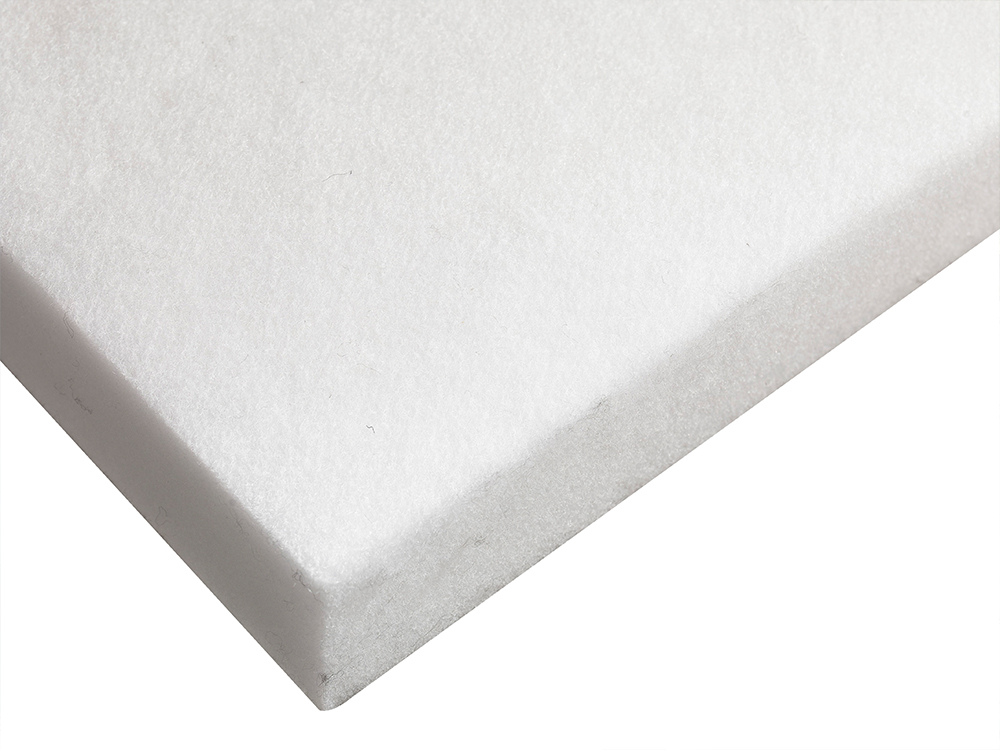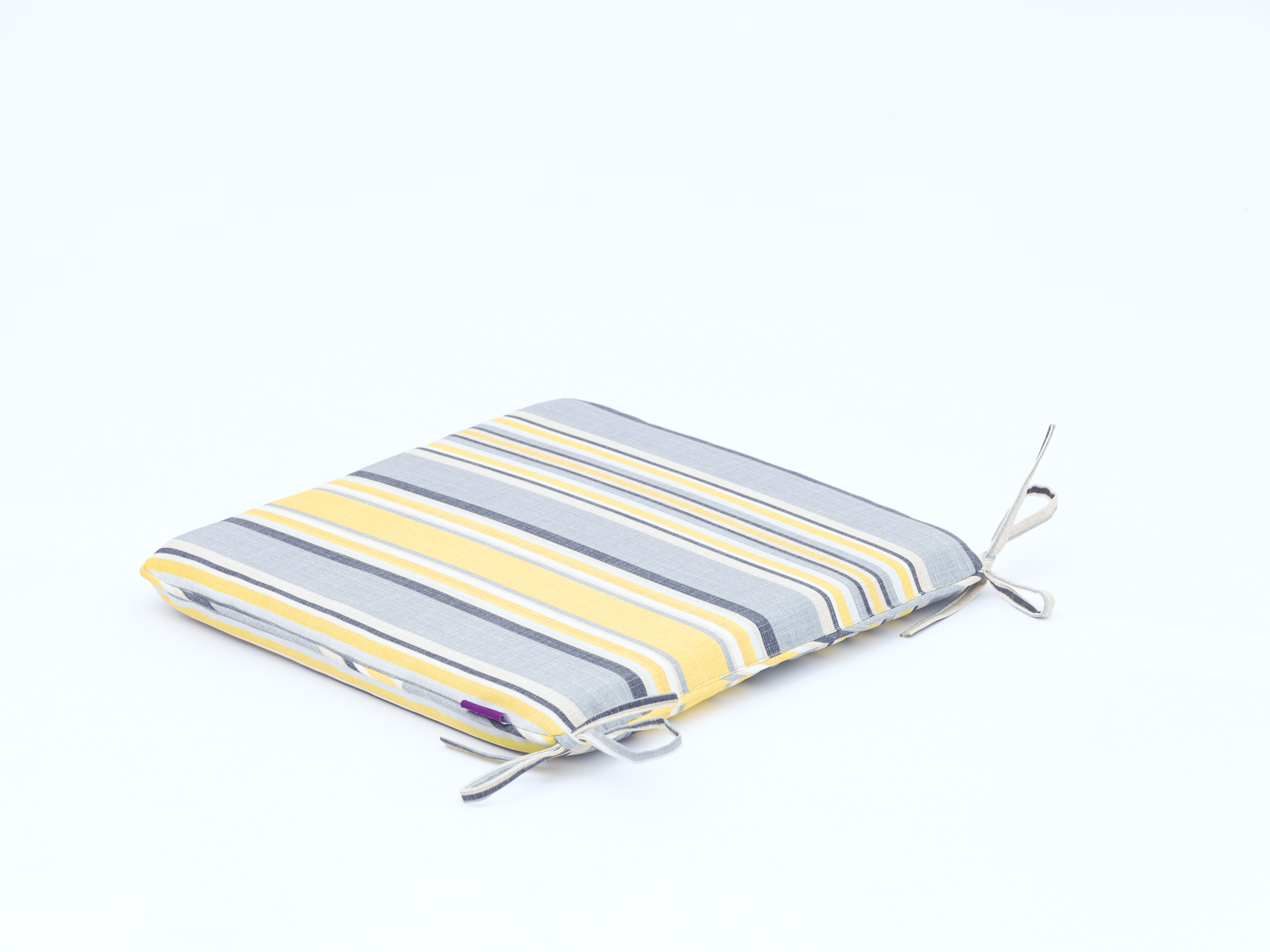
Introduction to the development history of polyester fiber
, commonly known as "polyester". It is a synthetic fiber obtained by spinning polyester formed by polycondensation of organic dibasic acid and diol, referred to as PET fiber, which belongs to high molecular compound. Invented in 1941, it is currently the largest variety of synthetic fibers. The biggest advantage of polyester fiber is that it has good wrinkle resistance and shape retention, and has high strength and elastic recovery ability. It is durable, anti-wrinkle, non-ironing, and non-sticky.
As early as 1894, Vorlander used succinyl chloride and ethylene glycol to produce low-molecular-weight polyester; in 1898, Einkorn synthesized polycarbonate; Carothers synthesized Aliphatic polyester: Most of the polyesters synthesized in the early years are aliphatic compounds, and their relative molecular mass and melting point are low, and they are easily soluble in water, so they do not have the use value of textile fibers. In 1941, Whinfield and Dickson in the United Kingdom synthesized polyethylene terephthalate (PET) with dimethyl terephthalate (DMT) and ethylene glycol (EG). This polymerization The fiber can be made by melt spinning with excellent performance. In 1953, the United States first established a factory to produce PET fiber. It can be said that PET fiber is a relatively late-developed fiber among large varieties of synthetic fibers.
With the development of organic synthesis, polymer science and industry, a variety of practical PET fibers with different characteristics have been developed in recent years. Such as polybutylene terephthalate (PBT) fiber and polytrimethylene terephthalate (PTT) fiber with high elasticity, fully aromatic polyester fiber with ultra-high strength and high modulus, etc.: the so-called The "polyester fiber" usually refers to polyethylene terephthalate fiber.








Leave a comment